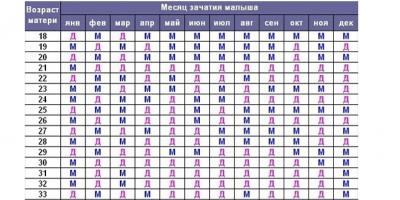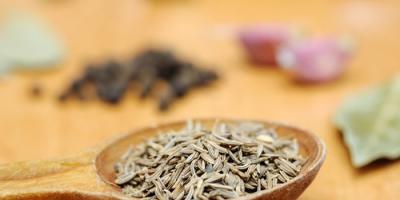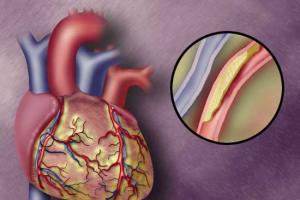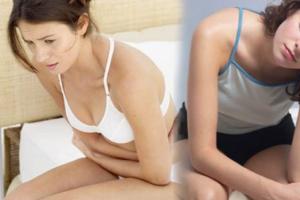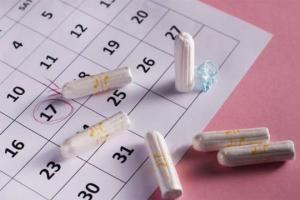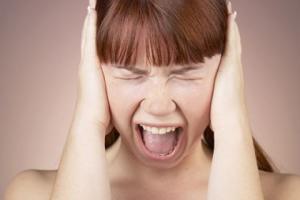Carrying a baby is a happy and hectic period for any woman. The expectant mother has a lot of questions and concerns about the ongoing pregnancy. But, no less questions regarding women's health remain after the birth of the crumbs. Some of them: when menstruation begins after childbirth while breastfeeding, what they should be and what to look for after the restoration of the menstrual cycle. What is the norm, and in what cases is it necessary to consult a gynecologist?
As you know, during pregnancy, a woman stops menstruating and does not bother her for all nine months of bearing a baby. The reason for the cessation of menstrual function is a change in the hormonal background, when the natural protective functions of the body turn on and it is tuned to preserve the fetus. After childbirth, the level of female hormones returns to normal and menstrual function is restored within 2-3 months if the woman has not started breastfeeding. If a young mother breastfeeds her baby, her body again undergoes hormonal changes and this is due to the production of lactogenic hormone (prolactin). Prolactin is produced by the pituitary gland, its main function is to stimulate lactation in women after the birth of a baby. In addition to affecting the production of milk, prolactin suppresses the work of the ovaries, so a woman does not have a period during breastfeeding. The resumption of menstruation in nursing mothers occurs after the cessation of breastfeeding, the timing of the onset of "critical days" is individual for each woman.
postpartum discharge
It should be borne in mind that immediately after childbirth, up to 8 weeks, a woman has spotting with mucus clots - lochia, which many take as the beginning of critical days. In the first days after childbirth, lochia really resembles a standard menstruation with copious discharge. After a week or two, the shade of the discharge becomes dimmer and acquires a brownish tint, then the discharge ends. Thus, after childbirth, the uterine mucosa is restored, and the body returns to normal.
First menstruation after childbirth: when will it start?
There is no specific answer to the question of when to wait for the first menstruation after childbirth. The period of appearance of the first critical days after the birth of a baby is influenced by many individual factors and the state of health of a woman, such as:
- Stress, nervous tension.
- Compliance with the daily routine and nutrition.
- Hormone levels.
- Presence of chronic diseases and complications after childbirth.
However, the decisive factor in the arrival of menstruation with HS is the usefulness and duration of lactation.
When menstruation comes after childbirth with breastfeeding and artificial feeding
- If lactation is complete, without the introduction of additional complementary foods, and the baby has enough milk that is produced by the mother's body, there will be no menstruation throughout the entire period of breastfeeding. An exception may be feeding the little one after a year, in which case the onset of critical days is likely.
- If the newborn is on mixed feeding and, in addition to mother's milk, milk mixtures are additionally introduced into complementary foods, menstruation can be expected 4-5 months after the birth of the crumbs. This is due to a reduced level of prolactin production and its weakened effect on ovarian function.
- With artificial feeding, the resumption of the menstrual cycle occurs after 1-2 months, in some cases later, it all depends on the characteristics of the woman's body. The hormone prolactin in non-nursing mothers is not produced and does not affect the functioning of the ovaries, which restore their function. It will take time for the menstruation to stabilize.
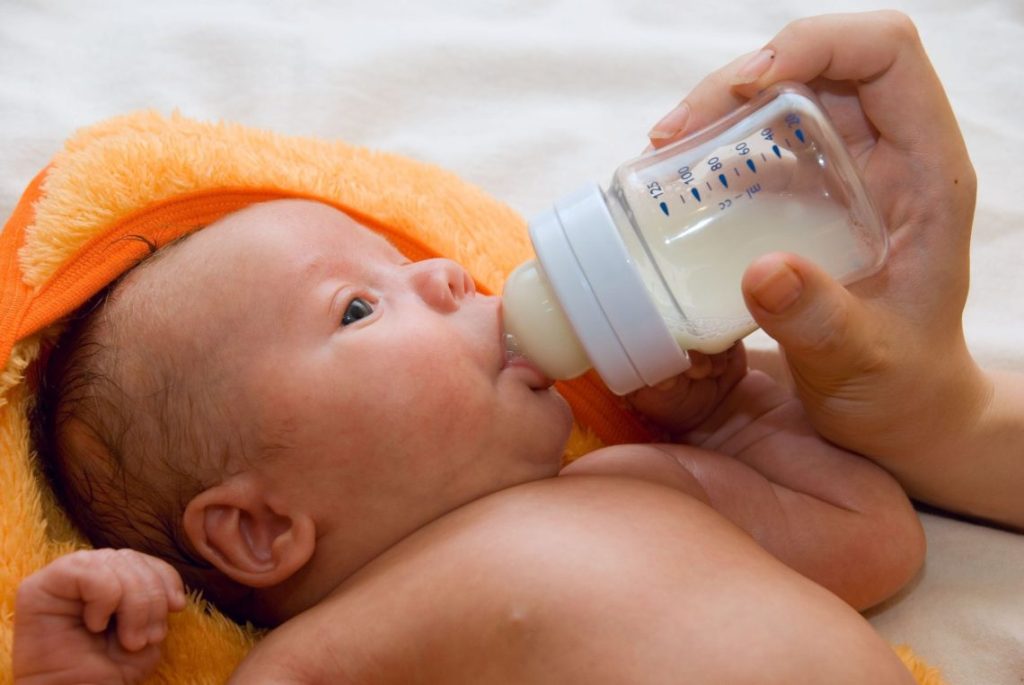
What are menstruation after childbirth - features
The first few periods after childbirth are irregular. After 2-3 months, menstruation stabilizes and returns to normal, as before pregnancy. Do not be afraid of some deviations in the abundance and duration of discharge, if they differ from the prenatal period.
Possible deviations in the restoration of menstruation after childbirth
- With mixed feeding, scanty short periods are normal in the first 2-3 cycles.
- Abundant periods after childbirth in the first 2-3 cycles are also considered normal. If the intensity of the discharge does not decrease during this period, a consultation with a gynecologist is necessary.
- Permissible violation of the duration of the cycle in the first months. Normally, the duration of the menstrual cycle is 21-34 days, the volume of secretions is from 20 to 80 ml, the duration of menstruation is from 3 to 8 days.
- Possible menstrual pain and PMS, accompanied by swelling, nausea, dizziness and emotional stress. If the pain is very severe and the woman has to take painkillers and antispasmodics, a gynecologist's consultation is necessary. Perhaps this is algomenorrhea - painful menstruation, which is associated with hormonal disorders in the body. Some young mothers have the opposite situation, when painful critical days before pregnancy become light and do not cause discomfort and pain. The reason for the positive changes is that the uterus after childbirth acquires its normal position.
![]()
What should be the color of menstruation after childbirth
- The normal color of spotting is deep red. Bloody discharge has a pronounced glandular odor.
- Brownish discharge is acceptable on the first day of menstruation. If the color of the discharge has a dark brown tint, accompanied by a pulling pain in the lower abdomen, while the temperature rises, this may be a sign of endometritis or cervical erosion, and this is also one of the symptoms of an ectopic pregnancy.
- If the color of the discharge becomes dark yellow or has a reddish tint, this is a sign of a high content of endometrial cells and mucus in the discharge.
- Dark, almost black discharge is a deviation from the norm and indicates their accumulation in the uterine cavity. This may be due to disruption of the endocrine system, indicate the presence of polyps in the uterine cavity or narrowing of the cervical canal.
Menstruation after childbirth with HB
Breastfeeding affects the absence, delay and irregularity of the menstrual cycle, since prolactin suppresses the production of estrogen. If the baby eats “on demand” and the young mother has no periods for six months, this is the norm. When introducing the first complementary foods or additional nutrition with mixtures, a woman needs to take care of contraception, since the level of prolactin decreases and there is a chance of conception. It is worth remembering that ovulation occurs 10-14 days before the onset of menstruation, and the egg is capable of fertilization. There are cases when a nursing mother began menstruation, and then disappeared, the reason for the absence of menstruation is an unwanted re-pregnancy. Doctors strongly recommend preventing pregnancy during mixed breastfeeding, as the female body is not yet strong and has recovered. It will take at least 1-2 years for it to recover and be able to carry a healthy baby without complications. Menstruation after 2 births begins at the same time as after the birth of the first baby.
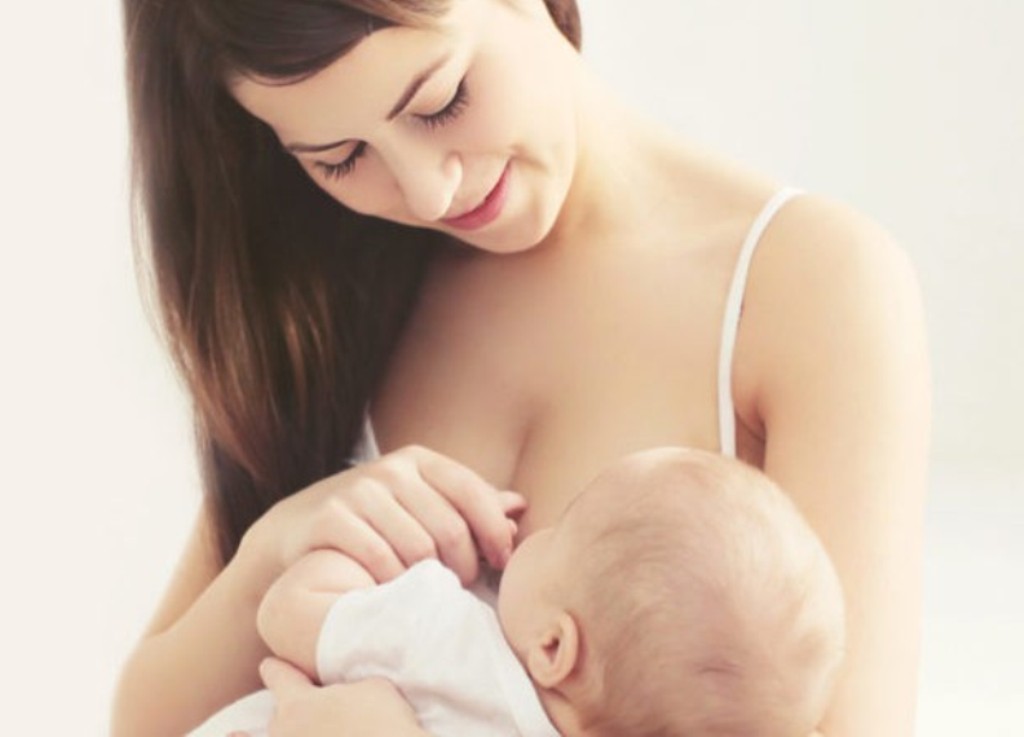
Menstruation after childbirth with HB: can I continue?
The restoration of menstrual function is not a reason to complete breastfeeding. A young mother can safely continue breastfeeding. Often, during menstruation, a woman has difficulty feeding the baby: nipple sensitivity or the baby's refusal to breastfeed. To reduce discomfort and pain during feeding, it is recommended to massage the breast, applying a warm compress to the nipples helps. Another important point is keeping the chest and armpit area clean. On critical days, the composition of a woman's sweat changes and the baby can feel a change in the smell coming from the mother.
Menstruation after childbirth - when to see a doctor and sound the alarm
In some situations, bleeding from the vagina can be a harbinger of a pathology that requires immediate medical attention.
- If the postpartum discharge of lochia stops abruptly, this is a bad sign, which may be the cause of endometritis or indicate a bend in the uterus. Also, the reason for the termination of lochia is their accumulation in the uterine cavity, this complication is called a lochiometer.
- If you observe scanty periods for more than three cycles, you may have hormonal disorders or endometritis.
- With the irregularity of menstruation within six months after the completion of breastfeeding, and also if there is a break of 2-3 months between menstruation, this is a sign of a malfunction of the ovaries.
- Abundant painful periods for several cycles may indicate the accumulation of tissues of the fetal membrane in the uterine cavity.
- Prolonged, painful menstruation with nausea, weakness, dizziness should alert a woman. In this case, it is better to undergo an examination and find out the cause of the ailment.
- Drawing pains in the lower abdomen, an unpleasant color and an uncharacteristic smell from the vagina during menstruation can be a sign of a tumor or the presence of an infectious disease.
- Spotting discharge indicates a disease that is inflammatory in nature.
- Menstruation with curdled discharge, accompanied by itching - the presence of candidiasis.
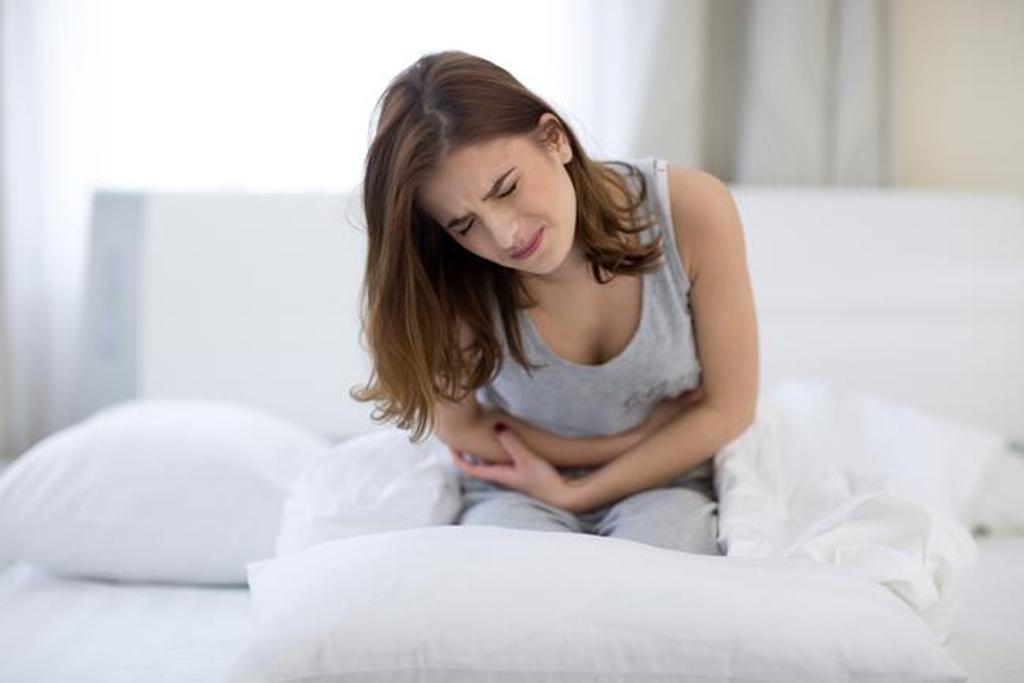
How to normalize the menstrual cycle after childbirth
In order for the recovery of the female body after childbirth to be easy and without failures, the young mother must follow the following recommendations:
- To quickly restore the body, it is necessary to establish the right diet and diversify your diet with plant foods: vegetables, herbs, fruits, whole grains, drink enough water. The menu of a nursing mother should be rich in dairy and sour-milk products, meat. Do not forget about rest, daily walks and light physical activity.
- Doctors do not recommend using contraceptive pills as a contraceptive after the birth of a baby that can change the hormonal background. Barrier contraceptives or non-hormonal methods can be used to prevent unwanted pregnancies.
- If the baby is capricious and whiny, requiring constant attention from the mother, do not refuse the help of relatives who can temporarily take on some of the responsibilities of caring for the baby. Good rest, good mood of the mother, her stable emotional and psychological state are the key to her quick recovery after childbirth.
- If a woman had chronic diseases before giving birth, such as diabetes, anemia, thyroid pathologists, she needs to visit a specialist after the birth of the baby in order to adjust the treatment.

Compliance with personal hygiene during the restoration of menstruation after childbirth
Compliance with personal hygiene is an important moment in the period of recovery of the body of a young mother after childbirth. During postpartum discharge (lochia), a woman is advised to use pads with a smooth surface. Pads need to be changed every 3-4 hours. Tampons and pads with a surface - mesh is not recommended during this period. When the menstrual cycle is normal, you can use hygienic tampons. Gels should not be used for the toilet of intimate places, but it is better to use baby soap.
The timing of the onset of the first menstruation after childbirth is individual for each woman. Despite the irregularity and slight deviations from the norm in the first months, menstruation will eventually become regular and predictable. The main thing during this period is to carefully listen to your body, follow the doctor's recommendations and follow the rules of personal hygiene. If menstruation brings pain, accompanied by prolonged and heavy bleeding for 2-3 months, immediately seek help from a gynecologist. Careful attitude to your body will help to avoid many women's problems and enjoy the joy of motherhood.

